
Happy Holidays!
From our AutomatedBuildings Family to yours, have a great Holiday season
Home » cybersecurity » Page 3

From our AutomatedBuildings Family to yours, have a great Holiday season

The journey towards “software-eating buildings” is paved with the bricks of openness. By embracing open standards, protocols, data, and development practices, the building automation industry can unlock new levels of innovation and value for building owners.
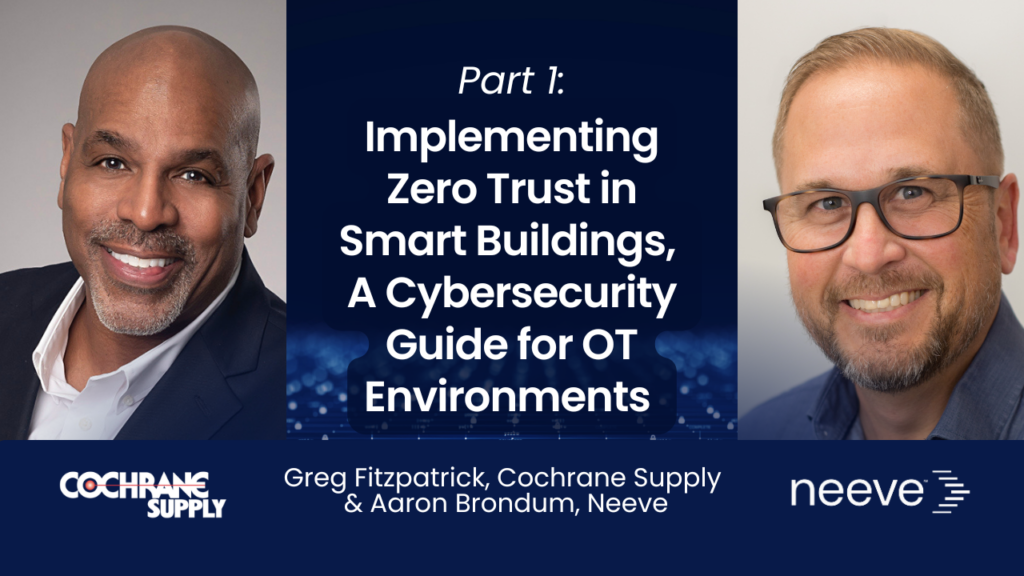
In 2023, the concept of “Cyber Harmony” emerged as a call to action, encouraging industry-wide collaboration among all project stakeholders to establish best practices and
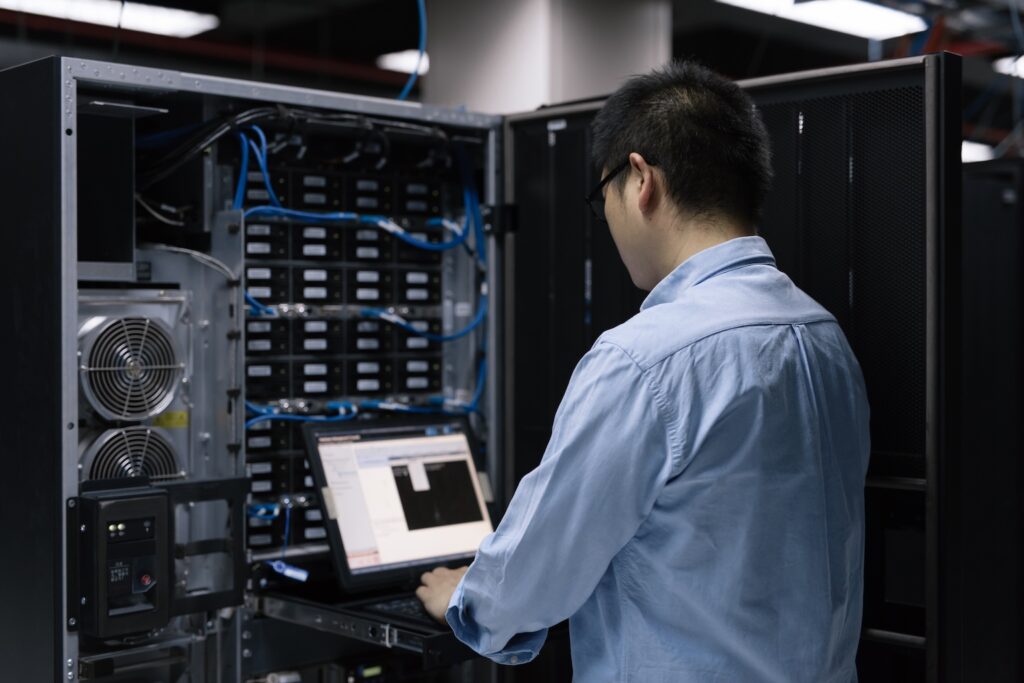
OT cybersecurity best practices are clear, but also very far from reality. Here are five questions whose answers can get you on the right path to strong OT cybersecurity.
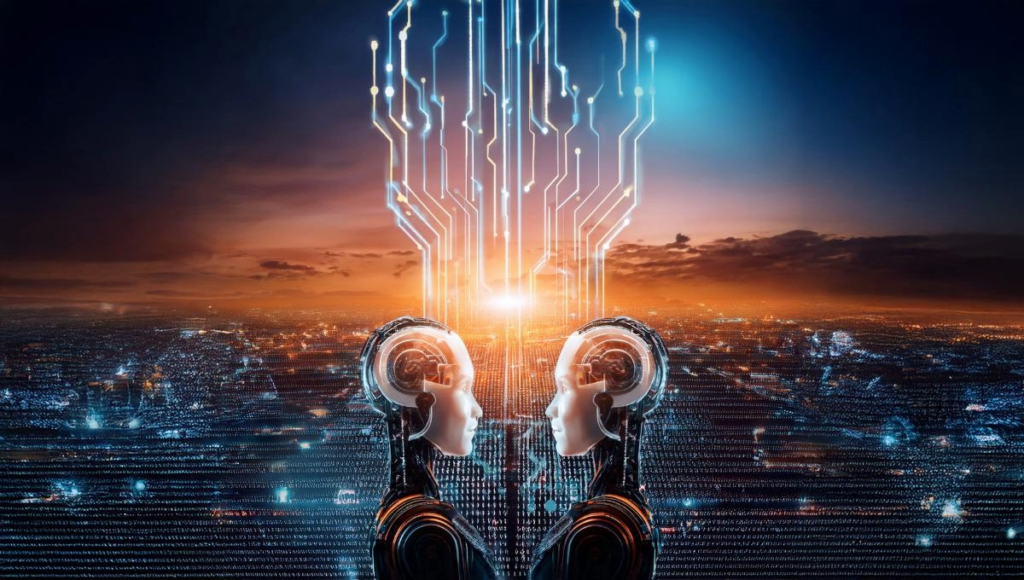
The Digital Twin System Interoperability Framework white paper outlines key concepts and considerations for achieving interoperability in digital twin systems. It emphasizes a system-centric design approach, where everything is viewed as a system, enabling normalized processes and a common metamodel for inherent interoperability.

Monday, Feb. 10 – Wednesday, Feb. 12, 2025 | Orange County Convention Center, Orlando, FL | West Building
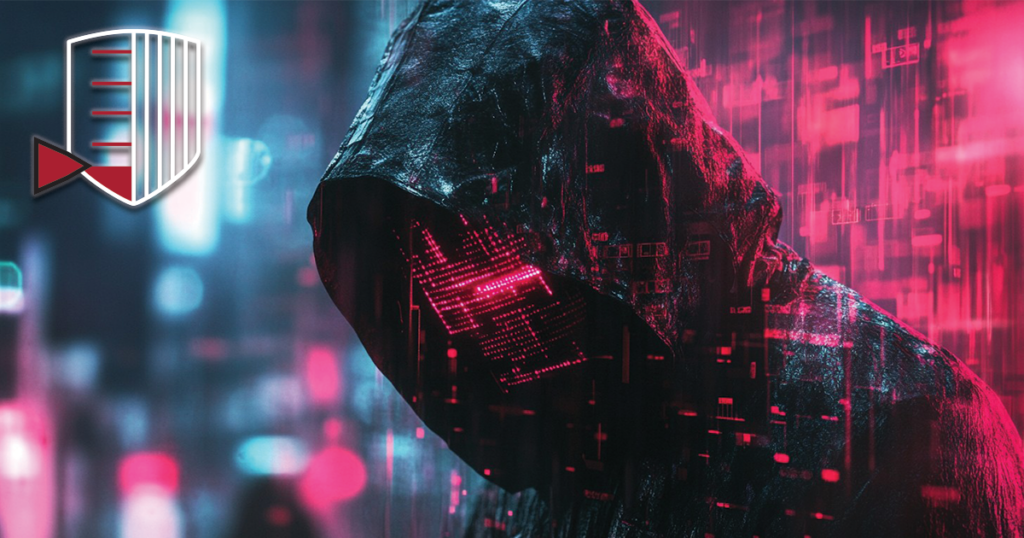
In the ever-evolving world of data center security, attention has primarily been focused on network security devices—the metaphorical front doors—keeping them locked tight against cyberattacks. However, hackers are now shifting their focus to the less-guarded back doors: the smart power strips powering data center racks. These often-overlooked devices, with their outdated firmware and default passwords, provide an easy entry point for attackers into otherwise secure environments.
In this article, we delve into the critical role that smart power strip firmware plays in data center security. We explore the rising threat landscape and outline best practices for keeping these devices up to date to prevent unauthorized access. Finally, we highlight how Nlyte Software’s Device Management Solution can transform the way data centers manage firmware across a heterogeneous array of devices, enhancing operational efficiency and security. Protecting your data center isn’t just about securing the front door anymore—it’s about making sure every door is locked tight.
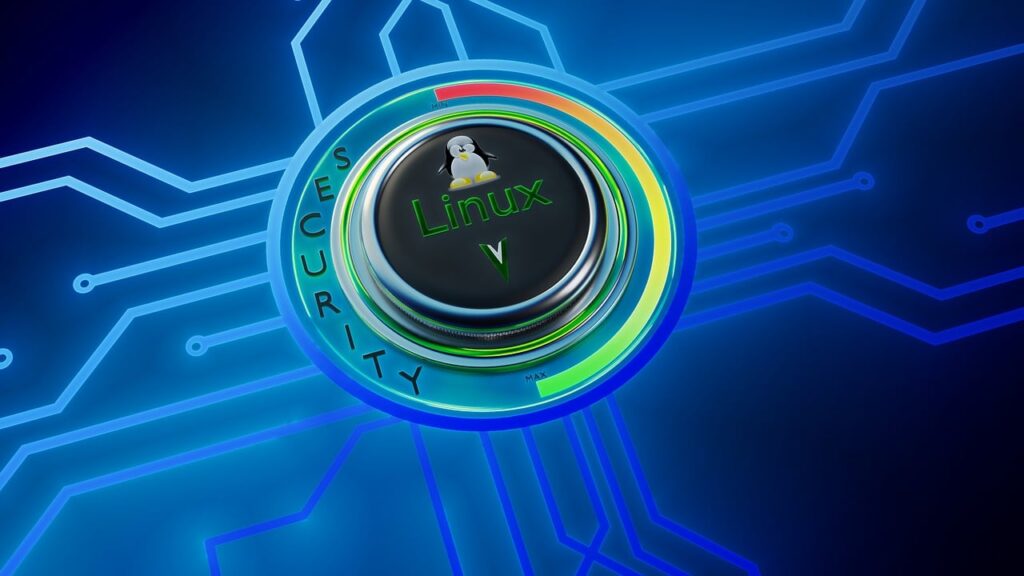
Open source is no longer a niche concept. It’s a powerful driver of innovation across all industries. By embracing open collaboration, companies can overcome challenges, reduce costs, and unlock new opportunities for growth. As the Linux Foundation continues to expand its support for open-source communities, we can expect to see even more transformative changes in the years to come. One of the most exciting aspects of this open-source revolution is the cross-pollination of ideas and best practices across different industries. For example, the energy sector is learning from the successes of the telecom industry in adopting open source for grid modernization and the integration of renewable energy sources.
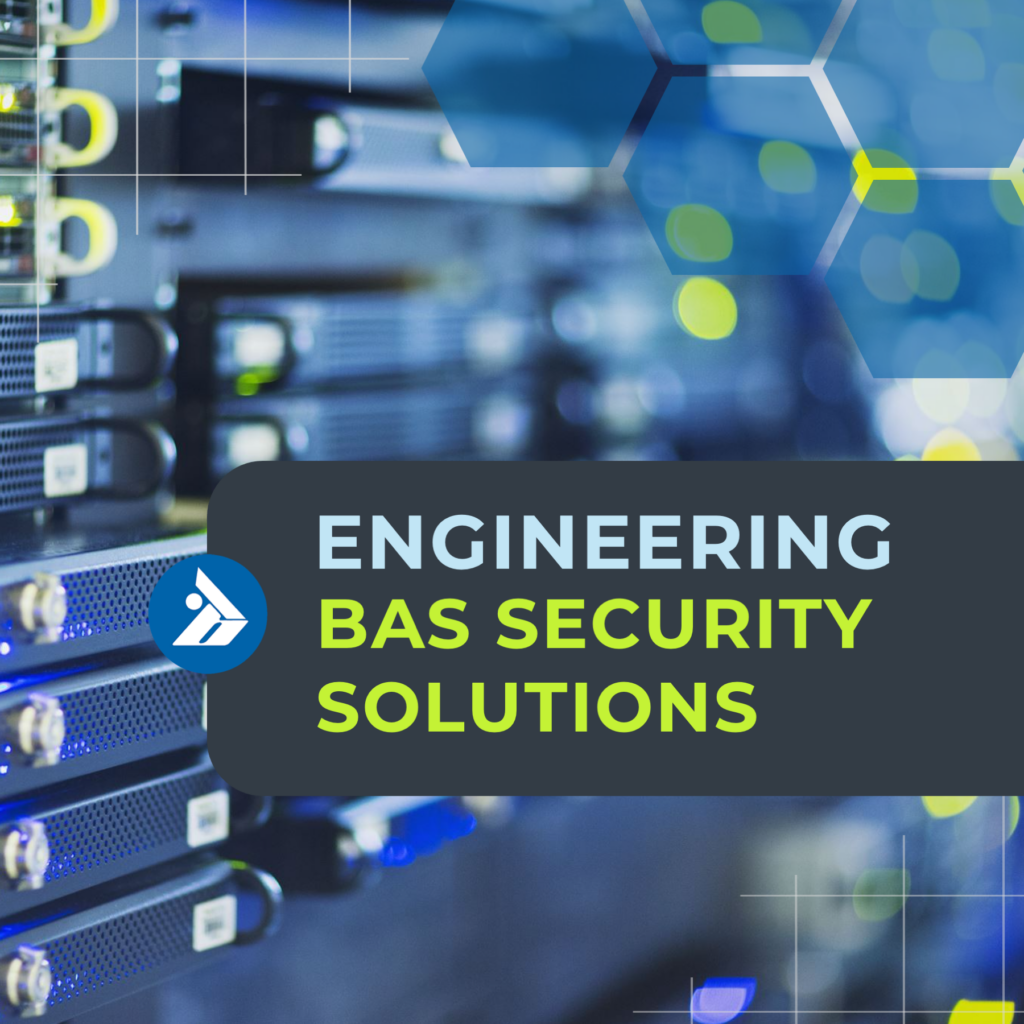
How can a mobile app be leveraged to design safer buildings? By ensuring client and vendor integration throughout the building lifecycle.
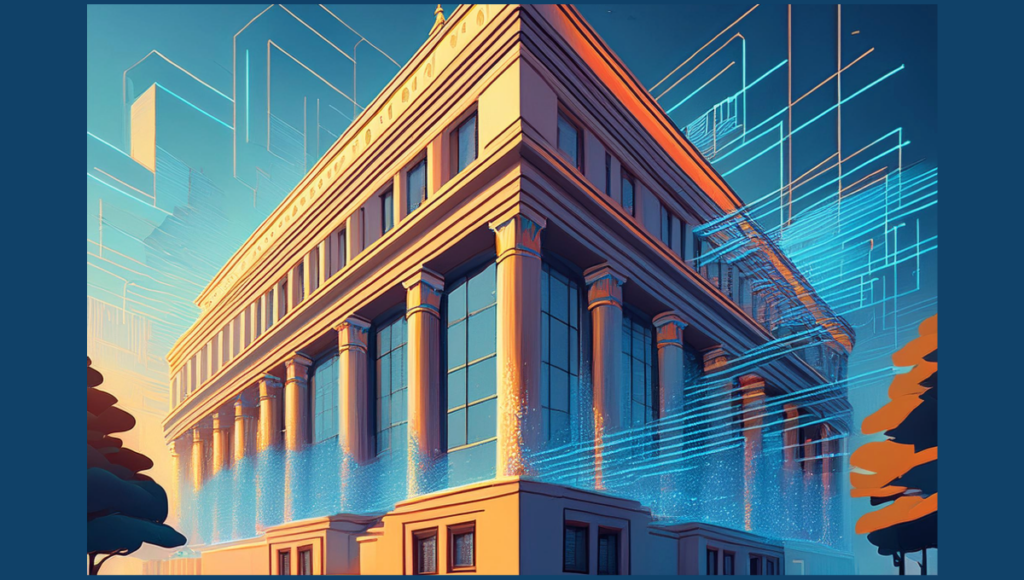
Throughout North America hospitals, universities. and office buildings infastructure is aging. Addressing the challenge of obsolescence through proactive legacy planning is essential for maximizing the value and longevity of smart building investments. By implementing these strategies before systems become outdated, building owners and operators can ensure their buildings remain at the forefront of technological innovation while minimizing disruptions and costs.

From our AutomatedBuildings Family to yours, have a great Holiday season

The journey towards “software-eating buildings” is paved with the bricks of openness. By embracing open standards, protocols, data, and development practices, the building automation industry can unlock new levels of innovation and value for building owners.

In 2023, the concept of “Cyber Harmony” emerged as a call to action, encouraging industry-wide collaboration among all project stakeholders to establish best practices and

OT cybersecurity best practices are clear, but also very far from reality. Here are five questions whose answers can get you on the right path to strong OT cybersecurity.

The Digital Twin System Interoperability Framework white paper outlines key concepts and considerations for achieving interoperability in digital twin systems. It emphasizes a system-centric design approach, where everything is viewed as a system, enabling normalized processes and a common metamodel for inherent interoperability.

Monday, Feb. 10 – Wednesday, Feb. 12, 2025 | Orange County Convention Center, Orlando, FL | West Building

In the ever-evolving world of data center security, attention has primarily been focused on network security devices—the metaphorical front doors—keeping them locked tight against cyberattacks. However, hackers are now shifting their focus to the less-guarded back doors: the smart power strips powering data center racks. These often-overlooked devices, with their outdated firmware and default passwords, provide an easy entry point for attackers into otherwise secure environments.
In this article, we delve into the critical role that smart power strip firmware plays in data center security. We explore the rising threat landscape and outline best practices for keeping these devices up to date to prevent unauthorized access. Finally, we highlight how Nlyte Software’s Device Management Solution can transform the way data centers manage firmware across a heterogeneous array of devices, enhancing operational efficiency and security. Protecting your data center isn’t just about securing the front door anymore—it’s about making sure every door is locked tight.

Open source is no longer a niche concept. It’s a powerful driver of innovation across all industries. By embracing open collaboration, companies can overcome challenges, reduce costs, and unlock new opportunities for growth. As the Linux Foundation continues to expand its support for open-source communities, we can expect to see even more transformative changes in the years to come. One of the most exciting aspects of this open-source revolution is the cross-pollination of ideas and best practices across different industries. For example, the energy sector is learning from the successes of the telecom industry in adopting open source for grid modernization and the integration of renewable energy sources.

How can a mobile app be leveraged to design safer buildings? By ensuring client and vendor integration throughout the building lifecycle.

Throughout North America hospitals, universities. and office buildings infastructure is aging. Addressing the challenge of obsolescence through proactive legacy planning is essential for maximizing the value and longevity of smart building investments. By implementing these strategies before systems become outdated, building owners and operators can ensure their buildings remain at the forefront of technological innovation while minimizing disruptions and costs.
Our LinkedIn group has more than 5000 members + 24K LinkedIn connections
Email sponsors@automatedbuildings.com